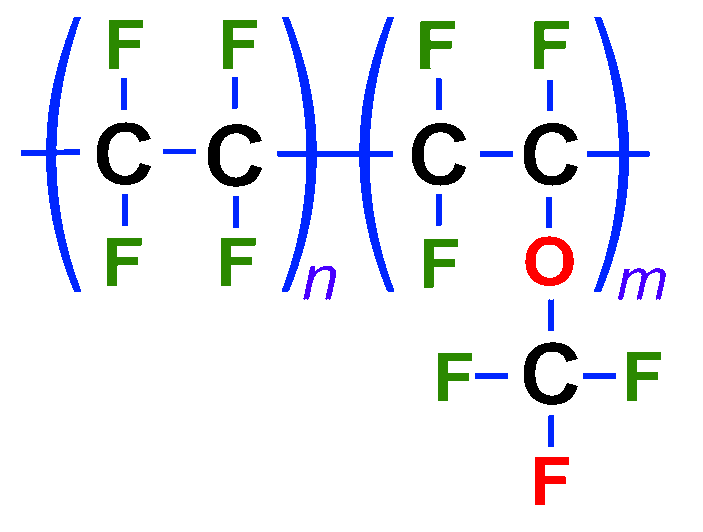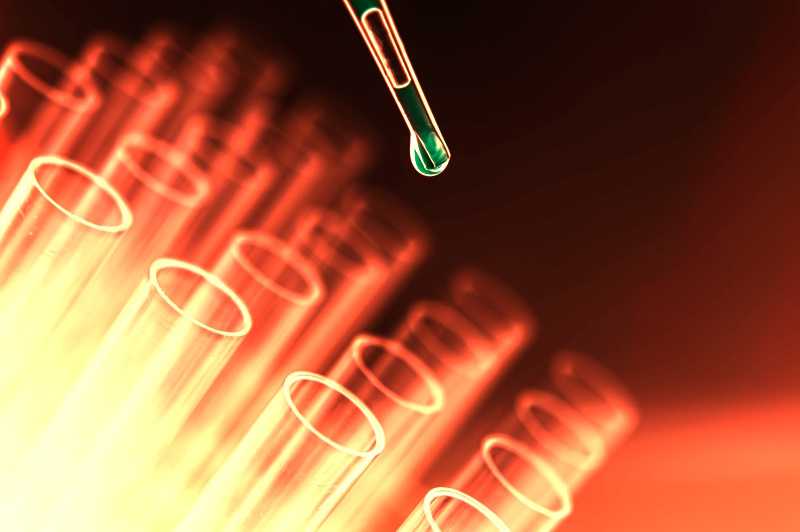 At FireGuard we acknowledge the growing concern surrounding the potential health and environmental risks associated with perfluoroalkyl and polyfluoroalkyl substances, commonly known as PFAS. Studies have shown that certain PFAS do not degrade over time and can accumulate in the body, leading to adverse effects on health and the environment.
At FireGuard we acknowledge the growing concern surrounding the potential health and environmental risks associated with perfluoroalkyl and polyfluoroalkyl substances, commonly known as PFAS. Studies have shown that certain PFAS do not degrade over time and can accumulate in the body, leading to adverse effects on health and the environment.
FireGuard takes these concerns seriously and is committed to the safety and well-being of our customers and the communities we serve. Here is some more information regarding PFAS.
The acronym, “PFAS” stands for per or polyfluoroalkyl substance(s) and is a broad category that includes subcategories, PFOS and PFOA. PFOS is perfluoroctane sulfonic acid and PFOA is perfluorooctanoic acid. Simply put, three fluorine atoms attached to a carbon atom in a compound constitute a PFAS. They can be solids, liquids, or gases. Depending on various references, there are between 7,500 and 15,000 materials meeting the definition of PFAS present in and enabling much of our modern lives including life-saving medications, rechargeable batteries, catheters and pacemakers, semiconductors, cell phones, automobiles, renewable energy technologies, and many more. It is important to make a distinction, because not all “PFAS” have the same chemical properties and breakdown differently in the environment.
AFFF and ATC firefighting foams are a PFAS material, are considered PBT (Persistent, Bioaccumulative and Toxic), and as such they are being phased out by the EPA and globally. These firefighting agents are on the EPA’s TRI (Toxic Release Inventory) List.
 On the contrary, while clean agents are PFAS material, the same concern does not apply to clean agent systems which contain agents like HFC-227ea (FM-200) and FK-5-1-12 (Novec, Flouro-K). These clean agents are considered Non-PBT. The reason for this difference is that these gaseous agents breakdown and evaporate into the atmosphere much faster than water, they are not soluble in water, and they do not accumulate in the groundwater in the same way as firefighting foams. Simply put, the PFAS in firefighting foam can be harmful but clean agent extinguishers and suppression systems containing PFAS are not harmful to personal safety nor the environment. These clean agents have NO ozone depletion capabilities and the EPA has deemed them “acceptable” for use. The EPA has not listed any Clean Agent as a toxic chemical on the TRI List.
On the contrary, while clean agents are PFAS material, the same concern does not apply to clean agent systems which contain agents like HFC-227ea (FM-200) and FK-5-1-12 (Novec, Flouro-K). These clean agents are considered Non-PBT. The reason for this difference is that these gaseous agents breakdown and evaporate into the atmosphere much faster than water, they are not soluble in water, and they do not accumulate in the groundwater in the same way as firefighting foams. Simply put, the PFAS in firefighting foam can be harmful but clean agent extinguishers and suppression systems containing PFAS are not harmful to personal safety nor the environment. These clean agents have NO ozone depletion capabilities and the EPA has deemed them “acceptable” for use. The EPA has not listed any Clean Agent as a toxic chemical on the TRI List.
Treating all PFAS compounds as a single regulatory group is an approach that is inappropriate and unnecessary. PFAS is a large, diverse group of chemical compounds. All PFAS are not the same – their properties vary widely. The media has contributed to the confusion by failing to distinguish between harmful and non-harmful substances, such as PFOS and PFOA, from other materials categorized as PFAS in their reporting. As a responsible company we want to educate our customers and the community on these differences.
